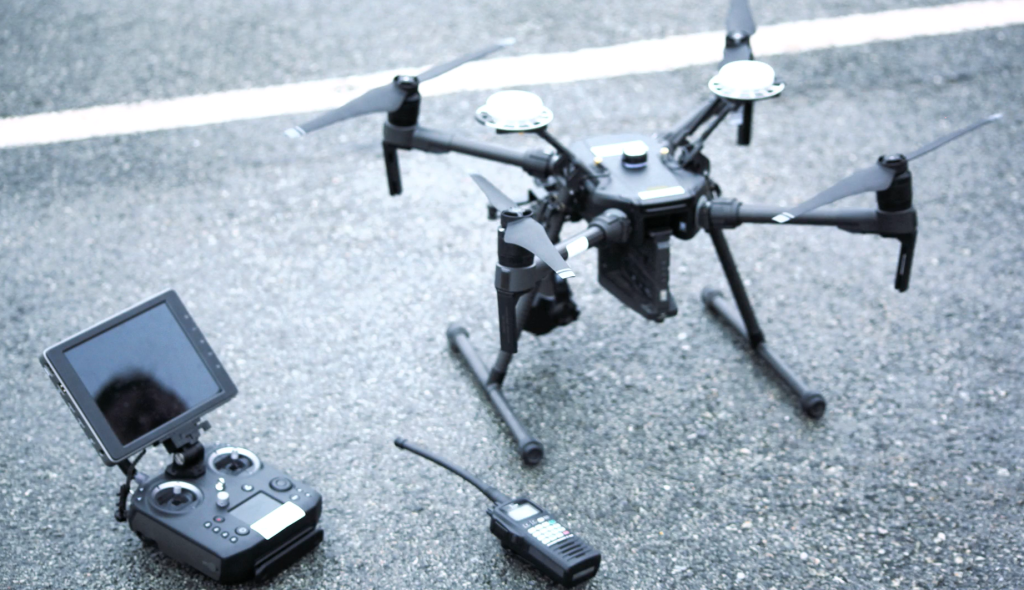VIDEO: Drones performing unique data collection in controlled air space.
Here, drones fly inside the airport with optical sensors to ensure security and efficient daily operations.
A groundbreaking 3-year collaboration project between NORCE, Opscom Systems, and AVINOR, integrating inspections with drones and automatic sensor systems, into the day-to-day operations of airports.
Opscom Systems is the administrative manager and owner of the project, while NORCE is the research partner.
There are several possible areas for inspection, such as signs, safety lighting and asphalt/concrete surfaces, foreign bodies, as well as preventive inspection of birds and wildlife, all with the intention of reducing collisions with aircraft.
So far, flying drones have not been welcome to fly over either Norwegian or other European runways, taxiways, or other airport infrastructure integrated as air traffic together with manned aviation in time and space at the airport.
This Pilot-T project creates the prerequisite for changing this situation.
Data collection with drones at Kjevik
Flight operations leader Nils Håheim-Saers of NORCE and his colleagues recently conducted a successful initial data collection exercise with the drones as part of the project, which is partly funded by the Research Council of Norway through the Pilot-T programme.
The data collection took place at Kristiansand Airport Kjevik.
“This is the first project of this type in Europe, as far as we know.”
“NORCE contributes with our experience and operational expertise as Norway’s most experienced drone operator, and the goal is to integrate routine flight operations with drones in the airport’s day-to-day operations,” says Håheim-Saers.
Combine image recognition and onboard processing
NORCE also has extensive expertise and experience in processing sensor data on board the drones while flying, and in other projects, it uses e.g. data streams from networks of optical cameras for navigation of flying drones.
“This expertise is now used to combine image recognition and onboard processing for the purpose of utilising artificial intelligence (AI) on board the drones.”
“This is digitisation of both airport operations and air operations in practice. It is a privilege to cooperate with Avinor Airport operations and the Saerco air traffic service at Kjevik on this type of flight operation. It is rare that I meet such competent partners gathered at an airport,” says Håheim-Saers.
Opscom Systems, together with NORCE, will develop new digital solutions that analyse the images and identify errors or deficiencies on the object digitally and geo-referenced in a database, and then generating work orders directly into the airport’s operating and security management system.
Seeing the value of new digital solutions
Project manager Stian Solbø at NORCE says it is interesting and motivating to collaborate with such dedicated partners as AVINOR and Opscom systems, who see the value of new digital solutions and are already thinking about how these can be used in ordinary airport operations.
“The project examines autonomous sensor systems, and the goal is to achieve more efficient airport operations through reduced requirements for manual inspection of security-critical areas and equipment at the airport,” says Roar Skogstad of Opscom Systems.
Airport operators both nationally and internationally have already identified a major need for automated services in this area, but have also found that available services have not been adequately developed.
The project will not develop new drones, but focus on the systems around the drone, i.e. how to make it operational at an airport, while also being well integrated into the Air traffic management (ATM), writes Opscom Systems on its website.


